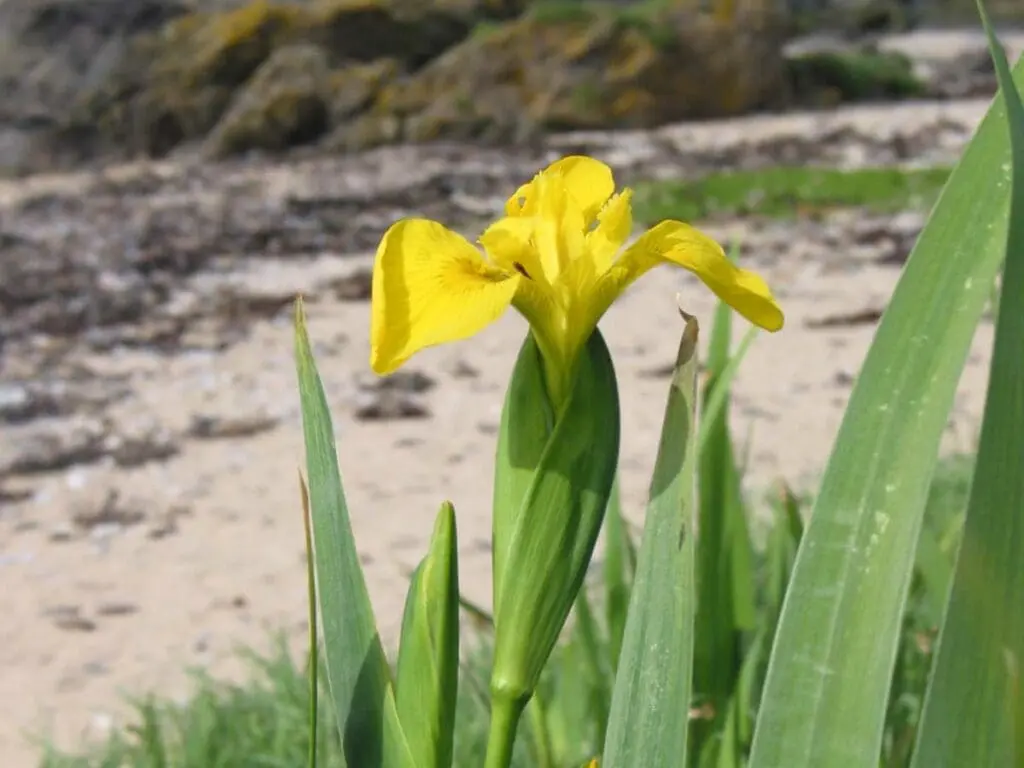- Scientific name: Prunella vulgaris
- Family: Mint (Lamiaceae)
- Found in: Grassland
The common name “self-heal” comes from the use of some species to treat a range of minor disorders.
It’s a very common plant throughout Britain and Ireland, abundant in pastures and lawns, on roadsides and waste ground; typically associated with moist, fertile soils. It dislikes shade and wet soils.
Self-heal is a perennial plant with creeping runners. It produces flowering stems to about 20cm in height. The 5-petaled purplish flowers are arranged in a leafy spike and bloom between May and October.
The leaves are opposite on the stems, each on a short stalk. They are pointed, oval and untoothed, and are much larger toward the base of the plant.
Self-heal has long been used for the treatment of wounds, sores and ulcers. It was also taken as a tea.
Propagation
From seed
Collect the seed heads when they have started to dry and continue the drying process in a paper bag in warm, dry place. Shake to release the seeds.
Sow the seeds in compost in the spring, transplanting when large enough. Grow on and plant out by the autumn.
By division
Self-heal divides easily. Dig up small plants (not from the wild!), divide carefully and plant up each part that has a root.





